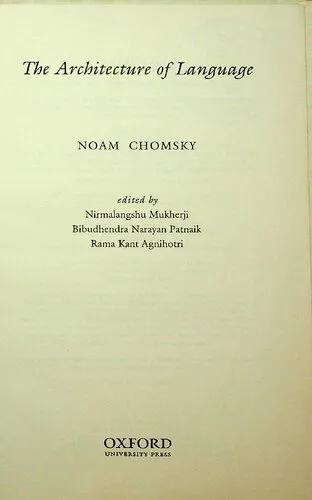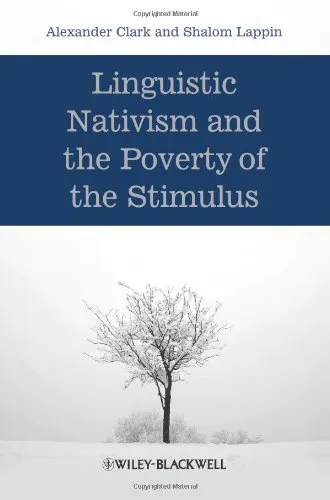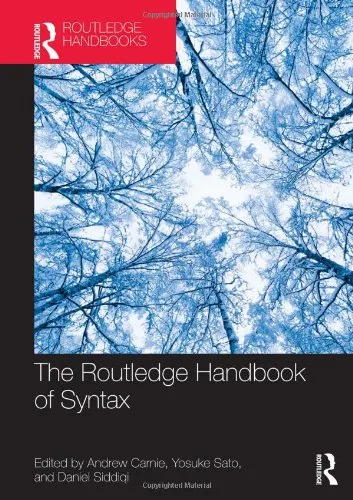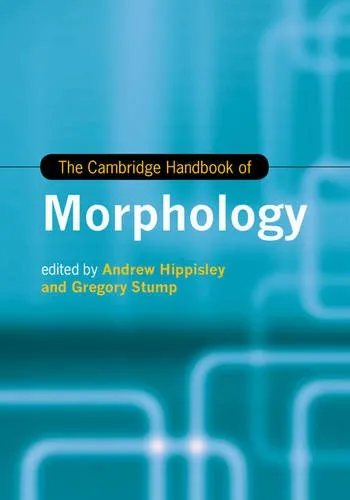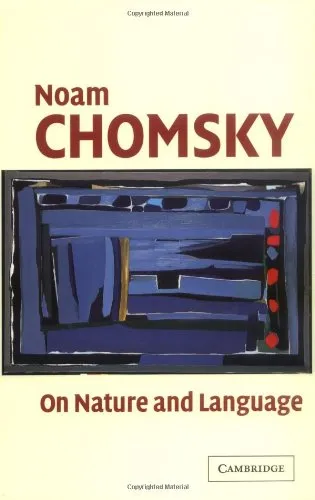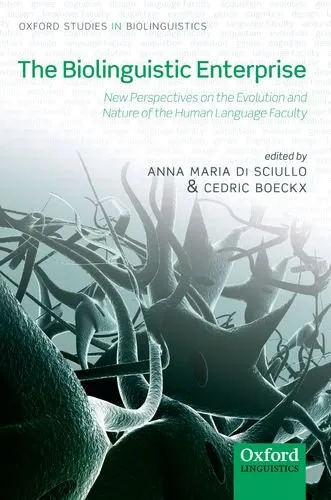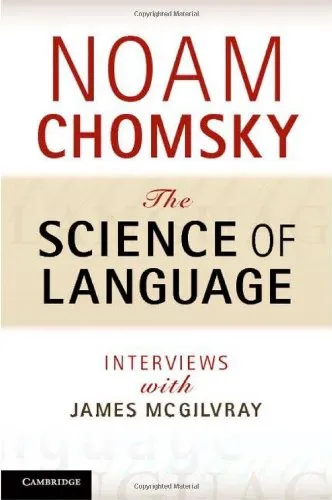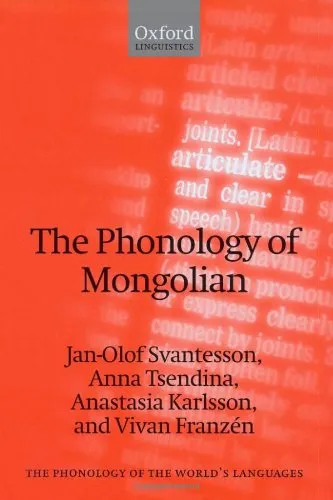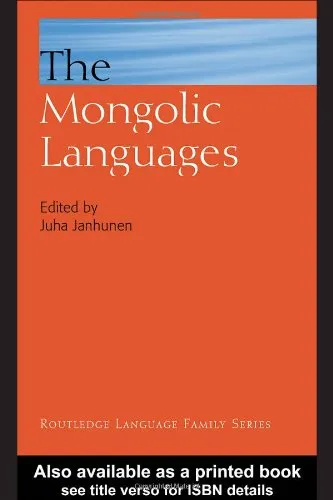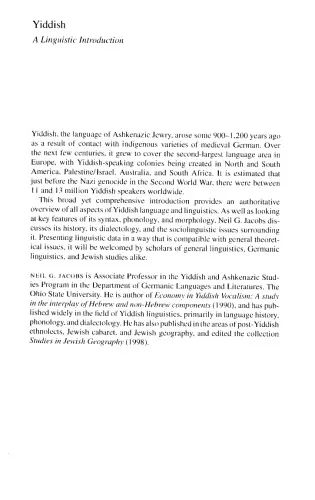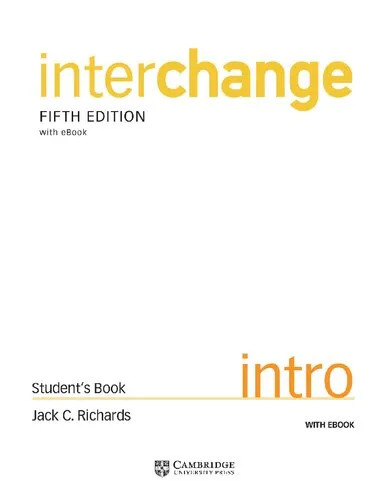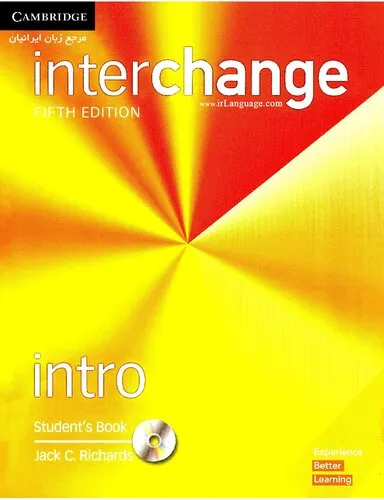The Architecture of Language
4.5
بر اساس نظر کاربران

شما میتونید سوالاتتون در باره کتاب رو از هوش مصنوعیش بعد از ورود بپرسید
هر دانلود یا پرسش از هوش مصنوعی 2 امتیاز لازم دارد، برای بدست آوردن امتیاز رایگان، به صفحه ی راهنمای امتیازات سر بزنید و یک سری کار ارزشمند انجام بدینکتاب های مرتبط:
معرفی جامع کتاب «The Architecture of Language»
خلاصهای جامع از کتاب
کتاب The Architecture of Language یکی از مهمترین آثار در زمینه فلسفه زبان و زبانشناسی مدرن است. این کتاب توسط چهار اندیشمند برجسته یعنی نوآم چامسکی، نیرمالانگشو موکرجی، بیبودهندرا ناریان پتنایک، و راما کانت آگهیوتری نوشته شده است. کتاب به بررسی ساختار بنیادین زبان پرداخته و موضوعات مهمی از قبیل Universal Grammar (دستور جهانی)، Modular Mind، و تعامل زبان با تفکر انسانی را تحلیل میکند.
این اثر به عنوان یک مجموعه از سخنرانیها، مصاحبهها و مقالات علمی تدوین شده است که همگی بر اساس کار اصلی چامسکی در تحقیق درباره اصول اساسی زبان و ارتباط آن با شناخت ارائه شدهاند. نویسندگان از رویکرد Minimalist Program (برنامه کمینهگرا) استفاده میکنند تا توضیح دهند که زبان چگونه در سیستم شناختی جای میگیرد.
کتاب به چهار بخش اصلی تقسیم میشود: بررسی پایههای نظری زبان، مباحث اصولی در دستور جهانی و برنامه کمینهگرا، مکانیسمهای شناختی مرتبط با Modular Mind، و در نهایت مباحثی درباره نقش زبان در توسعه اجتماعی و علمی.
نکات کلیدی کتاب
- Universal Grammar: توضیحی جامع از نحوه عملکرد دستور جهانی که پایههای زبان را در انسانها بنیان میگذارد.
- Modular Mind: معرفی مدل ذهن ماژولار و چگونگی تأثیر آن بر فرآیندهای زبانی.
- Language and Cognition: تحلیل عمیق درباره چگونگی تعامل زبان با شناخت و تفکر انسان.
- Minimalist Program: بررسی یک برنامه کمینهگرا که به زبانیترین و کارآمدترین مدلهای زبانی میپردازد.
- Language Evolution: نقش زبان در تکامل انسانی و تاثیر آن بر جوامع بشری.
نقل قولهای مشهور از کتاب
"The study of language is the study of the human mind at its most abstract and creative level."
"Language is unique to humans, and understanding it reveals insights into the nature of cognition itself."
"The minimalist perspective sheds light on how simplicity and efficiency drive linguistic structures."
چرا این کتاب اهمیت دارد؟
The Architecture of Language نه تنها یک مرجع علمی برای زبانشناسان و فیلسوفان زبان است، بلکه برای هر فردی که به درک بهتر از ماهیت زبان و اندیشه علاقهمند است، اثری ارزشمند به شمار میرود.
با بررسی دقیق اصول نظری زبان و ارائه چارچوبی عملی برای مطالعه آن، کتاب به خوانندگان ابزارهای مفیدی ارائه میکند تا به نقش زبان در شناخت و ارتباط بپردازند. اهمیت این کتاب همچنین در نشان دادن ارتباط غیرقابل انکار و عمیق زبان با تفکر بشری است که هم در تحقیقات علمی و هم در زندگی روزمره کاربرد دارد.
The Architecture of Language: An Insightful Exploration
"The Architecture of Language," penned by world-renowned linguist Noam Chomsky, along with Nirmalangshu Mukherji, Bibudhendra Narayan Patnaik, and Rama Kant Agnihotri, is a profound examination of the nature, structure, and evolution of human language. This pioneering work explores the fundamental questions surrounding linguistic theory, deepens our understanding of language as an innate human capacity, and bridges the fields of linguistics, cognitive science, and philosophy.
Originally based on a set of lectures delivered by Chomsky in Delhi, this book distills decades of groundbreaking research. It ventures into critical aspects of syntax, semantics, universal grammar, and the evolutionary trajectory of language, presented in an accessible yet intellectually rigorous manner. By weaving theoretical discussions with empirical insights, "The Architecture of Language" serves as a cornerstone for anyone eager to delve into the principles of linguistics and cognitive inquiry.
Detailed Summary of the Book
At its core, "The Architecture of Language" investigates how humans acquire language, the mental structures that govern linguistic competence, and the universal principles underlying all human languages. The book critically analyzes traditional theories of language development while extending the modern framework of Universal Grammar, a revolutionary concept introduced by Chomsky.
Chomsky argues that language is more than a functional tool for communication—it is a biological system ingrained in the human species. The innate capacity for language acquisition exists within every individual, governed by an intricate architecture of mental processes. The book tackles key questions such as: How do children acquire complex linguistic structures with minimal exposure? Why do languages across cultures exhibit remarkable similarities in their syntactic frameworks?
The discussion also delves into the connection between language and cognition, highlighting how linguistic creativity and generative grammar set humans apart from other species. Through thought-provoking essays and dialogues with scholars, the book examines the philosophical and scientific implications of these ideas, making it an indispensable resource for linguists, philosophers, and scientists alike.
Key Takeaways
- Language is an inherent cognitive faculty, unique to humans.
- The theory of Universal Grammar posits that all languages share a common structural basis.
- The generative nature of language enables humans to produce infinite expressions from a limited set of rules and vocabulary.
- Linguistic theory bridges philosophy, cognitive science, and biological evolution.
- Understanding language architecture sheds light on broader questions of human nature and intelligence.
Famous Quotes from the Book
"Language is a mirror of mind in a deep and significant sense. It is a product of human intelligence, created anew in each individual by operations that lie far beyond the reach of will or consciousness."
"An elementary property of language is that it is a system of discrete infinity."
Why This Book Matters
"The Architecture of Language" is more than just an academic treatise; it is a profound exploration of what it means to be human. By examining the innate capacity for language acquisition, this book poses critical questions about the nature of knowledge, the evolution of cognition, and the biological underpinnings of creativity. It has influenced generations of linguists, cognitive scientists, philosophers, and psychologists, opening up new avenues of interdisciplinary research.
For students, educators, and researchers, this book serves as a foundation for understanding how linguistic principles define human capability and identity. It challenges traditional theories and methodologies, fostering a nuanced appreciation of the elegance and complexity of human language. It invites readers to redefine their understanding of communication, thought, and the intricate connections that make us truly unique as a species.
دانلود رایگان مستقیم
شما میتونید سوالاتتون در باره کتاب رو از هوش مصنوعیش بعد از ورود بپرسید
دسترسی به کتابها از طریق پلتفرمهای قانونی و کتابخانههای عمومی نه تنها از حقوق نویسندگان و ناشران حمایت میکند، بلکه به پایداری فرهنگ کتابخوانی نیز کمک میرساند. پیش از دانلود، لحظهای به بررسی این گزینهها فکر کنید.
این کتاب رو در پلتفرم های دیگه ببینید
WorldCat به شما کمک میکنه تا کتاب ها رو در کتابخانه های سراسر دنیا پیدا کنید
امتیازها، نظرات تخصصی و صحبت ها درباره کتاب را در Goodreads ببینید
کتابهای کمیاب یا دست دوم را در AbeBooks پیدا کنید و بخرید
1462
بازدید4.5
امتیاز0
نظر98%
رضایتنظرات:
4.5
بر اساس 0 نظر کاربران
Questions & Answers
Ask questions about this book or help others by answering
No questions yet. Be the first to ask!
